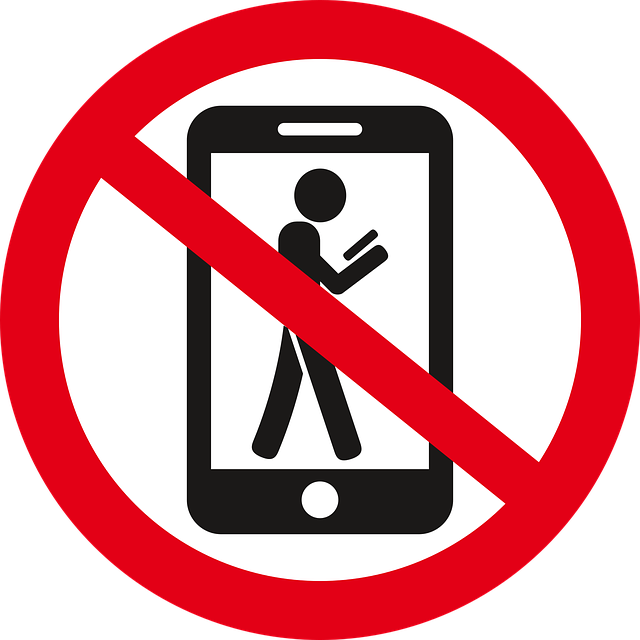Urban revitalization projects transform neglected areas into desirable real estate, boosting property values through improved infrastructure and enhanced environments. This attracts investors, triggers construction activity, and increases quality of life for residents, fostering sustainable local economies. Key strategies include adaptive reuse of buildings, mixed-use development, community engagement, and green infrastructure, resulting in vibrant hubs of pride and belonging while driving premium real estate pricing.
Urban revitalization is a powerful tool to breathe new life into underused areas, transforming them into vibrant hubs. This process has a profound impact on the real estate market, attracting investors and creating desirable neighborhoods. By implementing strategic plans that focus on community engagement, these revitalized spaces foster a sense of belonging and pride.
The following sections will explore effective strategies, highlighting how community-driven approaches ensure lasting change, benefit local economies, and enhance the overall appeal of urban real estate.
Urban Revitalization: The Real Estate Impact

Urban revitalization projects have a profound impact on the real estate landscape, breathing new life into once-neglected areas. When a region undergoes revitalization, property values tend to rise significantly due to improved infrastructure and an enhanced overall environment. This attracts investors and developers who see potential for growth, leading to increased construction activity and further raising property values.
The effects trickle down to residents as well; revitalized urban spaces offer better amenities, more job opportunities, and a higher quality of life. As such, real estate in these areas becomes highly desirable, with tenants and homeowners willing to pay premium prices. This influx of capital stimulates local economies, fostering sustainable development and ensuring a bright future for the community.
Strategies for Transforming Underused Spaces

Revitalizing underused urban areas involves strategic interventions that can transform neglected spaces into thriving community hubs. One key strategy is real estate redevelopment, where investors and developers play a pivotal role. This can include adaptive reuse of existing buildings, such as converting old factories or warehouses into creative spaces, lofts, or mixed-use developments that attract businesses and residents alike. For larger areas, creating mixed-use districts that blend residential, commercial, and retail spaces can foster walkability and a vibrant urban atmosphere.
Community engagement is another essential aspect. Collaborating with local artists, entrepreneurs, and residents can lead to innovative solutions tailored to the area’s unique character. Public art installations, pop-up markets, and community gardens not only beautify the space but also encourage interaction and ownership among residents. Additionally, implementing green infrastructure, like urban parks and green roofs, can enhance biodiversity, improve air quality, and create welcoming outdoor spaces that foster social connection.
Community Engagement: A Key to Lasting Change

Community engagement is a powerful tool for revitalizing underused urban areas, fostering a sense of ownership and collective responsibility for the space. When residents actively participate in the transformation process, they become invested in the outcome, leading to more sustainable and meaningful change. This involvement can take various forms, such as community meetings, workshops, and collaborative decision-making platforms. By encouraging open dialogue and gathering diverse perspectives, projects can better address the unique needs and aspirations of the neighborhood.
In the realm of real estate, this engagement translates into tailored developments that resonate with the local community. When developers and urban planners incorporate feedback from residents, they create spaces that not only enhance the physical environment but also strengthen social connections. This collaboration ensures that revitalized areas truly become vibrant hubs, fostering a sense of pride and belonging among the people who call them home.






